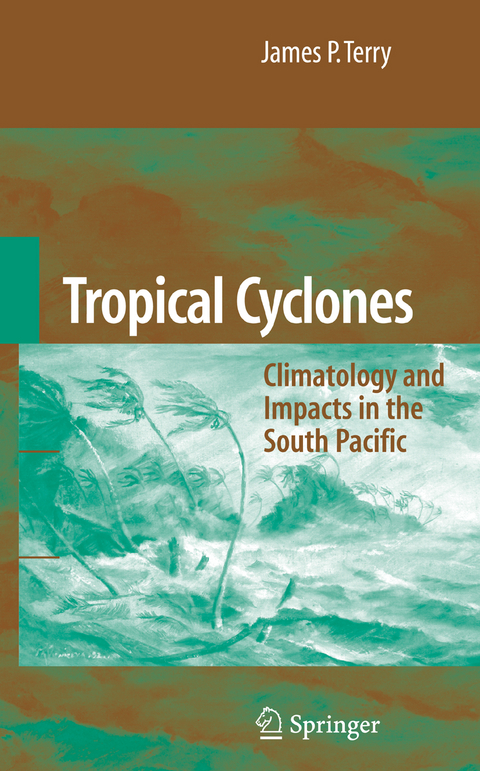
Tropical Cyclones
Springer-Verlag New York Inc.
978-1-4419-2447-6 (ISBN)
James Terry is Head of the Department of Geography at the University of the South Pacific (USP), Fiji Islands. Previous positions include Associate Professor at the Research Centre for the Pacific Islands, Kagoshima University, Japan. In addition to his lecture and research experience, Dr. Terry has served as a geographer consultant for various governmental institutions.
Tropical Cyclones in the South Pacific.- Setting the Scene.- Tropical Cyclogenesis.- Tropical Cyclone Structure.- Tropical Cyclone Structure.- Meteorological Conditions.- Future Tropical Cyclone Activity.- Impacts of Tropical Cyclones.- Coastal Geomorphology.- Slope Stability and Mass Movements.- River Hydrology and Floods.- Fluvial Geomorphology.
From the reviews:
“Tropical Cyclones: Climatology and Impacts in the South Pacific describes the climatology, structure, and behavior of tropical cyclones in the South Pacific and … impacts of these storms on the physical environment of the islands in their path. … The text is … well laid out with black-and-white photographs, tables, and graphs. … appealing to students and professionals from the region. … It would be an excellent resource for climatologists and educators … . Researchers from other disciplines … will also find this volume valuable.” (Mark Sinclair, Bulletin of the American Meteorological Society, April, 2009)
| Zusatzinfo | 128 Illustrations, black and white; XII, 212 p. 128 illus. |
|---|---|
| Verlagsort | New York, NY |
| Sprache | englisch |
| Maße | 155 x 235 mm |
| Themenwelt | Naturwissenschaften ► Biologie ► Ökologie / Naturschutz |
| Naturwissenschaften ► Geowissenschaften ► Geografie / Kartografie | |
| Naturwissenschaften ► Geowissenschaften ► Geologie | |
| Naturwissenschaften ► Geowissenschaften ► Hydrologie / Ozeanografie | |
| Naturwissenschaften ► Geowissenschaften ► Meteorologie / Klimatologie | |
| ISBN-10 | 1-4419-2447-7 / 1441924477 |
| ISBN-13 | 978-1-4419-2447-6 / 9781441924476 |
| Zustand | Neuware |
| Haben Sie eine Frage zum Produkt? |
aus dem Bereich


